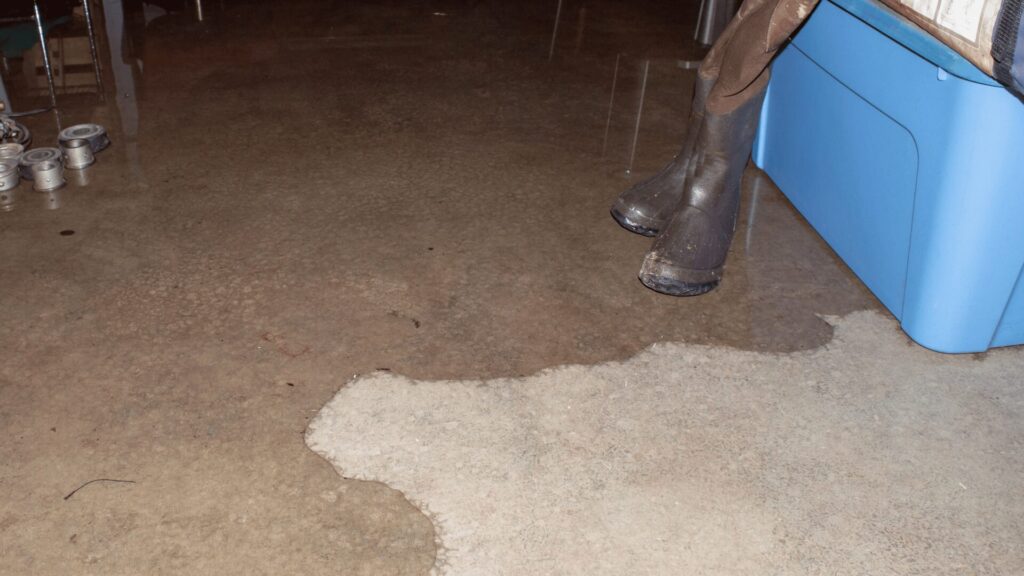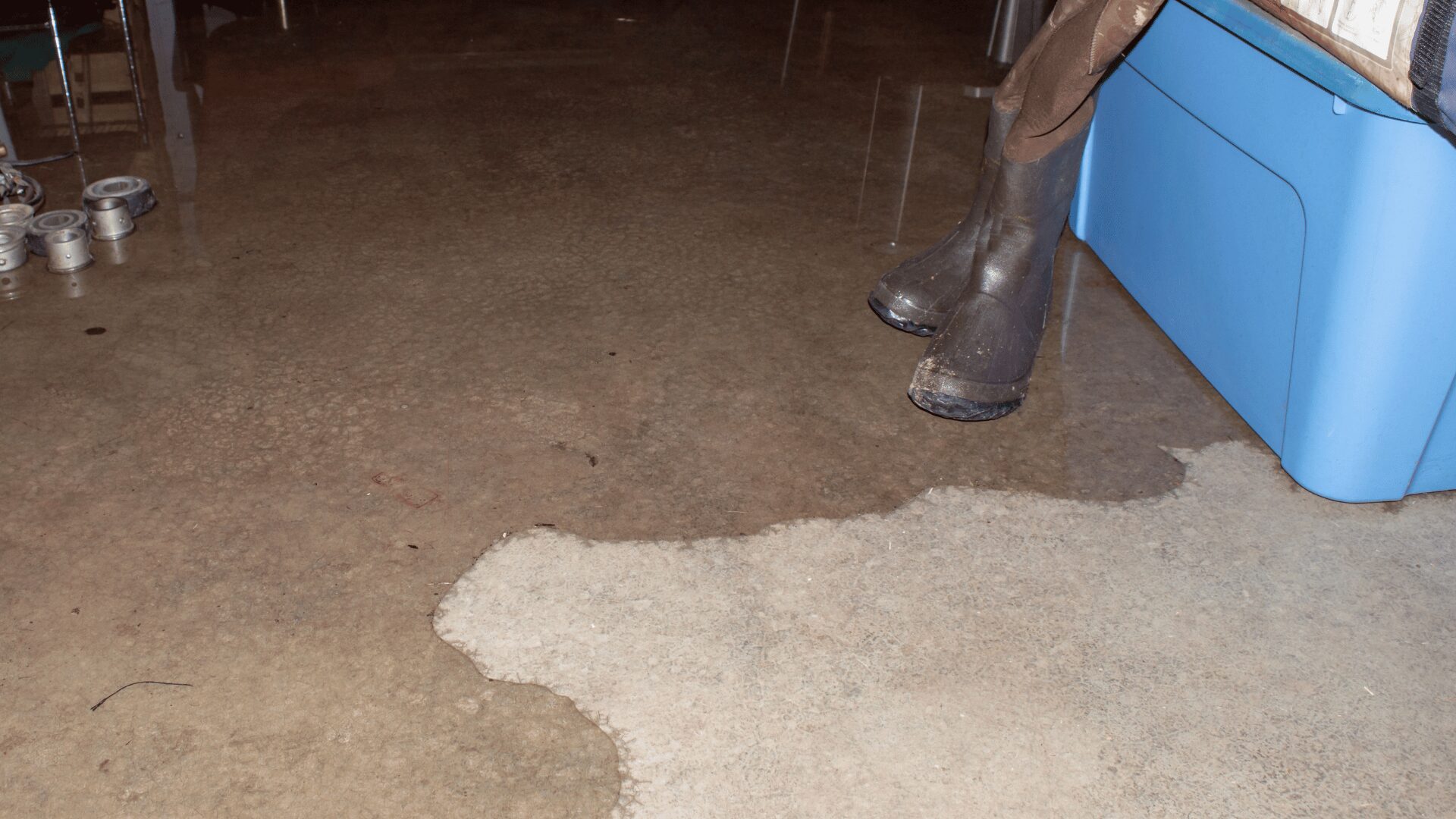Basement flooding is one of the most frustrating and costly problems homeowners face. Even a small amount of water in your basement can cause significant damage to your home’s foundation, create mold and mildew problems, and ruin personal belongings.
Fortunately, there are many steps you can take to prevent basement flooding and protect your home. This guide will explore the most effective strategies for keeping your basement dry and preventing water from seeping into your home.

Content
1. Understand the Causes of Basement Flooding
Before you can effectively prevent basement flooding, it’s important to understand the various causes. Basement flooding can occur for several reasons, including:
- Heavy rainfall: When heavy rains saturate the ground around your home, water can seep through cracks in your foundation or flow in through windows and doors.
- Poor drainage: If water isn’t properly directed away from your home, it can accumulate around your foundation, increasing the risk of flooding.
- Sump pump failure: If you have a sump pump installed in your basement, it’s essential to keep it in good working order. A malfunctioning sump pump can fail to remove water, leading to flooding.
- Foundation cracks: Over time, your home’s foundation can develop cracks due to settling or shifting of the soil. These cracks provide an entry point for water to seep into your basement.
- Improper landscaping: Landscaping that directs water toward your home rather than away from it can contribute to basement flooding.
By understanding the causes, you can better address potential weak points around your home that may contribute to basement flooding.
2. Ensure Proper Grading Around Your Home
One of the most important steps in preventing basement flooding is ensuring that the ground around your home is properly graded. The soil around your foundation should slope away from your home, allowing rainwater to flow away from the foundation instead of pooling around it. Ideally, the slope should be about one inch per foot for at least six to ten feet away from your home’s foundation.
If the ground around your home slopes toward the foundation, you may need to regrade the area by adding soil or hiring a professional landscaper to ensure proper drainage. This simple step can go a long way in preventing water from accumulating around your foundation and finding its way into your basement.
3. Install a Sump Pump
A sump pump is an essential piece of equipment for any home with a basement, especially in areas prone to heavy rainfall or flooding. A sump pump works by collecting water that accumulates in a pit (sump) and pumping it away from your home, usually to a storm drain or a dry well.
If you don’t already have a sump pump, consider installing one as a proactive measure to prevent basement flooding. It’s also important to ensure your sump pump is working correctly, especially before heavy rainstorms. Regular maintenance, including cleaning the pump and testing its functionality, can prevent unexpected failures.
For added security, you can install a backup sump pump that operates on a battery or water pressure in case your primary pump fails during a power outage.
4. Seal Cracks in Your Foundation
Even small cracks in your foundation can allow water to seep into your basement, causing damage over time. Regularly inspecting your foundation for cracks is an important part of home maintenance. If you notice any cracks, seal them as soon as possible to prevent water from infiltrating your home.
Foundation cracks can often be sealed with epoxy or polyurethane caulk, which are available at most hardware stores. However, if you have larger or more significant cracks, it’s a good idea to consult a professional to assess the structural integrity of your foundation and perform necessary repairs.
5. Maintain Your Gutters and Downspouts
Water that flows off your roof must be properly directed away from your home, and this is where your gutters and downspouts play a crucial role. Gutter cleaning and downspout clogs should not be overlooked, as clogged gutters can cause water to overflow and pool around your foundation, increasing the risk of basement flooding. Make sure your gutters are clean and free from debris, and ensure your downspouts extend at least six feet away from your home.
If your downspouts don’t extend far enough, you can purchase extensions that help direct water further away from your foundation. Alternatively, you can install a drainage system that connects your downspouts to a dry well or storm sewer.
6. Install Window Well Covers
Basement windows, especially those below ground level, are a common entry point for water during heavy rain. Installing window well covers can help prevent rainwater, snow, and debris from entering your basement through these windows. Window well covers are typically made from plastic or metal and fit securely over the window well, protecting your basement from water while still allowing natural light to enter.
In addition to installing covers, make sure your window wells have proper drainage. Without adequate drainage, water can collect in the well and eventually seep into your basement through the window.
7. Consider Installing a French Drain
A French drain is a trench filled with gravel or rock that helps redirect water away from your home’s foundation. This drainage system works by collecting water in the trench and directing it to a designated drainage area, such as a dry well or storm sewer.
If your yard tends to collect water or has poor drainage, installing a French drain can help prevent water from pooling around your foundation and finding its way into your basement. A professional landscaper or contractor can help you determine the best location and installation method for a French drain based on the specific needs of your property.
8. Test Your Sump Pump Regularly
Sump pumps are critical for removing excess water from your basement, but they are not foolproof. Regularly testing your sump pump ensures it will work when you need it most. To test your pump, pour a bucket of water into the sump pit and ensure that the pump activates and pumps out the water efficiently.
If your sump pump isn’t functioning correctly or is making strange noises, it may be time for repairs or replacement. It’s always better to discover sump pump issues before a heavy rainstorm rather than during one.
Protect Your Home from Flooding
Basement flooding can cause severe damage to your home, but by taking preventative measures, you can significantly reduce the risk. Proper drainage, foundation maintenance, and regular inspections of key areas like gutters and sump pumps are critical steps in keeping your basement dry. By staying vigilant and addressing potential water entry points, you can protect your home and avoid the costly and stressful experience of basement flooding.

Elena Mohr is a dedicated home blogger who has been blogging for over six years. She covers everything home related. Elena also loves writing posts about her travels to Europe with her husband and two children.












